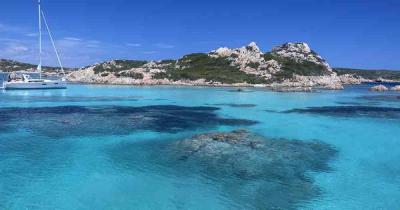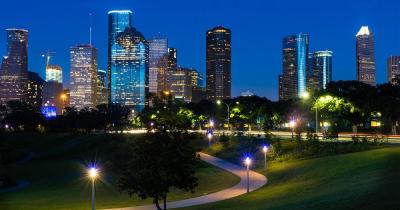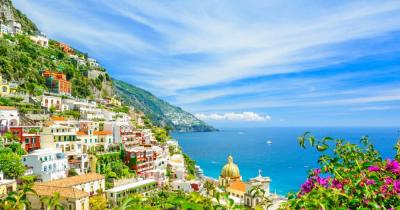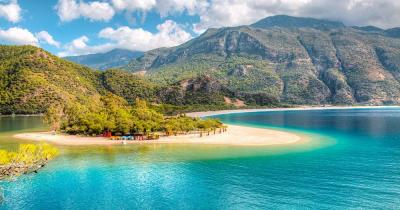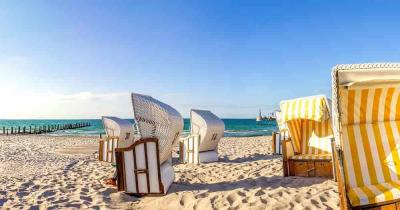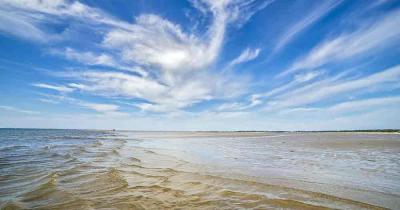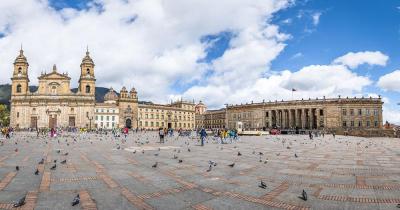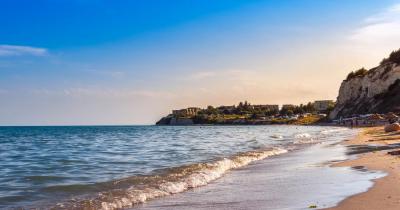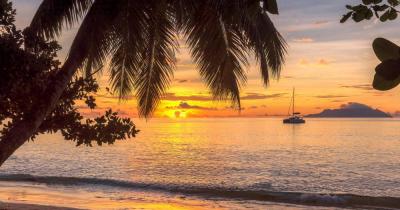Traveling and Holidays
Destinations, vacation destinations, hotspots and much more around travel
Discover great destinations and vacation destinations with us and let us inspire you. Get to know new places and sights.
Especially popular articles
Baltic Sea
The Baltic Sea is one of the most popular German travel destinations
Every year tourists from Germany and abroad enjoy the sun on the Baltic Sea coast, do water sports or simply...
North Sea
The North Sea is one of the most popular travel
The North Sea is one of the most popular travel destinations in Germany. Here you can explore the coast, islands...
Newest articles
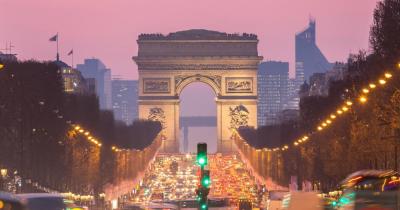 Paris
Europe
© vichie81 / Fotolia
Paris
Europe
© vichie81 / Fotolia
Worth a trip for many reasons
People fall in love with the French capital Paris for many different reasons. Many...
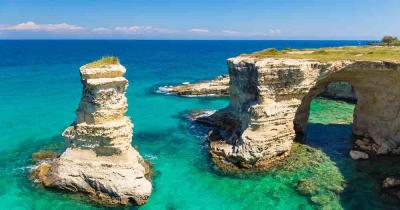 Apulia
Europe
© jsk12 / Fotolia
Apulia
Europe
© jsk12 / Fotolia
Dream beaches and culture in the south of Italy
Puglia is located in the southeast of Italy on the Adriatic and Ionian Sea....
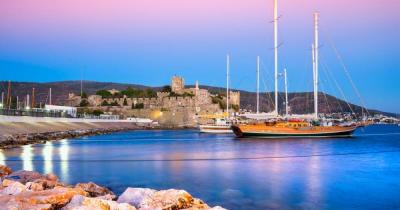 Bodrum
Asia
© Luciano Mortula-LGM / Fotolia
Bodrum
Asia
© Luciano Mortula-LGM / Fotolia
The St. Tropez of Turkey
Der malerische Urlaubsort Bodrum ist im südwestlichen Zipfel an der Türkischen Ägäis zu finden....
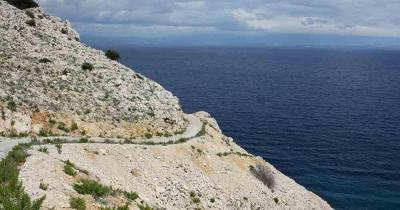 Palagruza
Europe
© dante / Fotolia
Palagruza
Europe
© dante / Fotolia
Adventure vacation on the Croatian island of Palagruza
The Croatian island of Palagruza belongs to a small uninhabited archipelago in the middle...
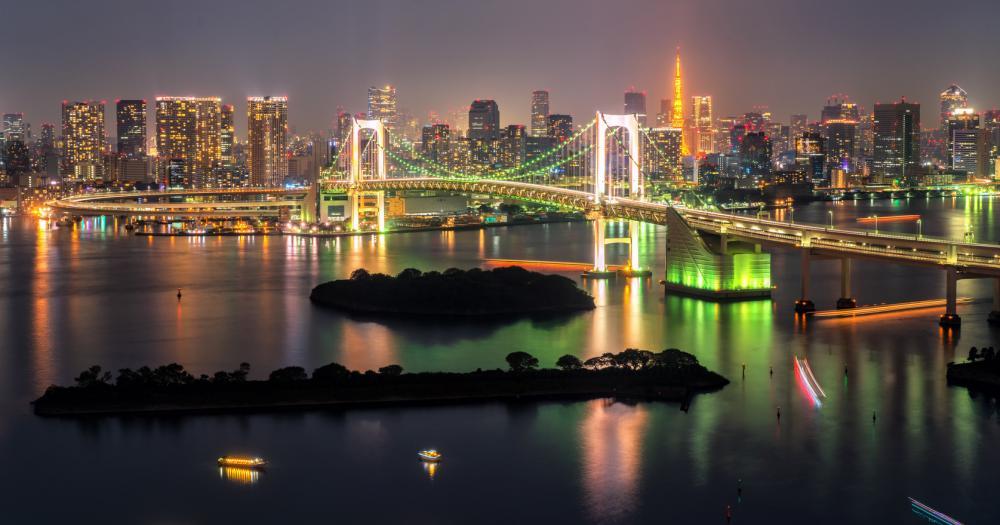 Tokyo
TokyoFuturistic architecture and traditional temples Asia © Björn Professional / Fotolia
A discovery tour through Tokyo fascinates culture lovers, high-tech fans, Zen enthusiasts, trendsetters and...
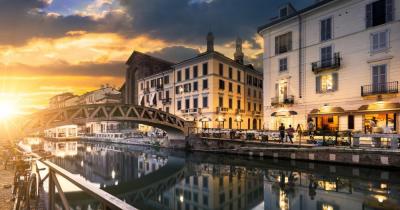 Milan
Europe
© beatrice prève / Fotolia
Milan
Europe
© beatrice prève / Fotolia
The metropolis in the north of Italy has a lot to offer for lovers of city trips
In the shadows of Rome, Florence and Venice, Milan is often a little forgotten....
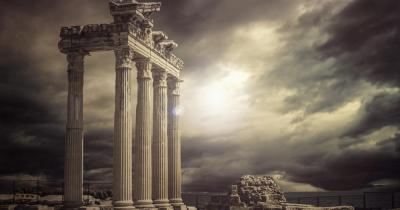 Antalya
Asia
© Sondem / Fotolia
Antalya
Asia
© Sondem / Fotolia
Pearl of the Turkish Riviera
Antalya lies in the south of Turkey. The bay of the same name stretches...
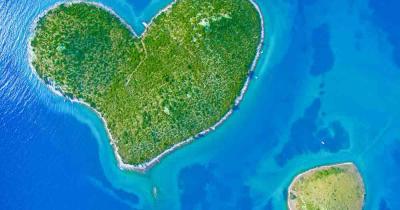 Galesnjak
Europe
© paul prescott / Fotolia
Galesnjak
Europe
© paul prescott / Fotolia
Romantic atmosphere makes for special vacations
Those who would like to spend the most beautiful days of the year far...
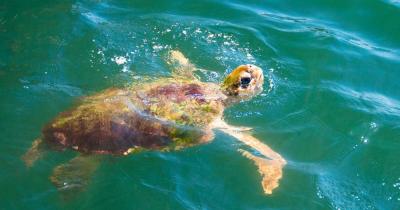 Dalyan
Asia
© Yarkovoy / Fotolia
Dalyan
Asia
© Yarkovoy / Fotolia
Popular holiday region on the Turkish Aegean
Dalyan is a well-known holiday resort in the southwest of Turkey, located in the...
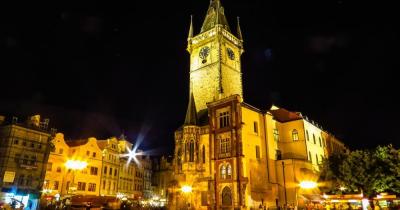 Prague
Europe
© Boyan Georgiev / Fotolia
Prague
Europe
© Boyan Georgiev / Fotolia
The Golden City of a hundred towers
Prague is the capital of the Czech Republic. It is located in the west...
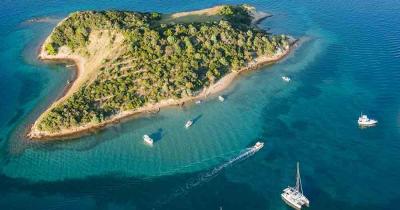 Rab
Europe
© mariusz szczygieł / Fotolia
Rab
Europe
© mariusz szczygieł / Fotolia
The happy island
The island of Rab is a jewel in the Kvarner bay. It is one...
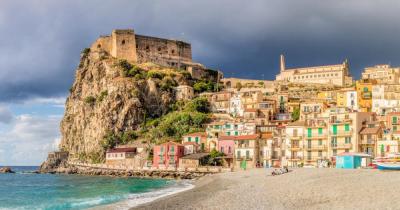 Calabria
Europe
© mRGB / Fotolia
Calabria
Europe
© mRGB / Fotolia
The mysterious and wild landscape of Calabria
Italy's southernmost region inspires with natural beauty and dream beaches The mysterious and wild...
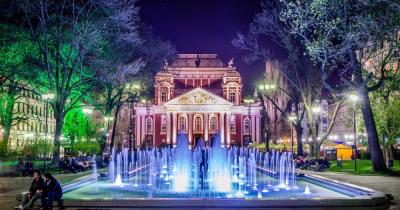 Sofia
Europe
© dudlajzov / Fotolia
Sofia
Europe
© dudlajzov / Fotolia
The capital of the Republic of Bulgaria
Sofia will inspire you! Sofia is the capital of the Republic of Bulgaria and...
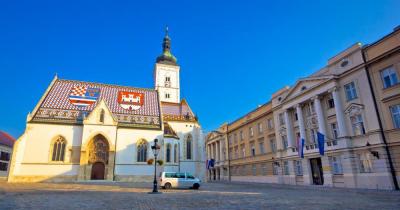 Zagreb
Europe
© xbrchx / Fotolia
Zagreb
Europe
© xbrchx / Fotolia
The largest city in Croatia
Romantic days in historic Zagreb - In Zagreb, the largest city in Croatia, which...
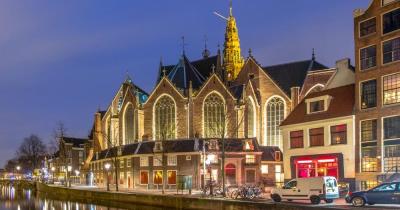 Amsterdam
Europe
© creativenature.nl / Fotolia
Amsterdam
Europe
© creativenature.nl / Fotolia
One of the largest cities Netherlands
Between Prinsengracht and Museumplein With 750,000 inhabitants, Amsterdam, the largest city in the Netherlands,...
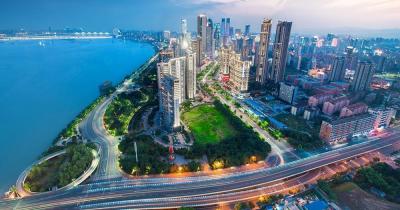 Shenzhen
Asia
© 安琦 王 / Fotolia
Shenzhen
Asia
© 安琦 王 / Fotolia
Booming megacity in southern China
Shenzhen is located at the gates of Hong Kong. Anyone wishing to travel to...
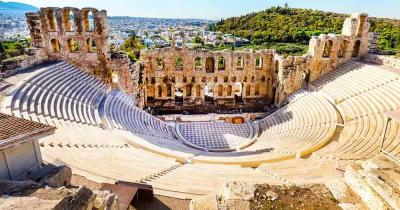 Athens
Europe
© Kisa_Markiza / Fotolia
Athens
Europe
© Kisa_Markiza / Fotolia
City with history
Surrounded on three sides by mountain ranges, the capital of Greece lies in the...
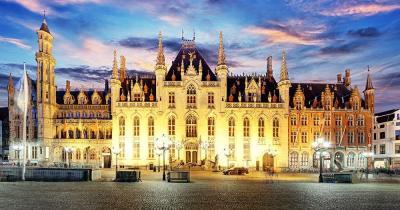 Bruges
Europe
© TTstudio / Fotolia
Bruges
Europe
© TTstudio / Fotolia
One of the top travel destinations in Belgium
Bruges, the capital of West Flanders - is one of the top travel destinations...
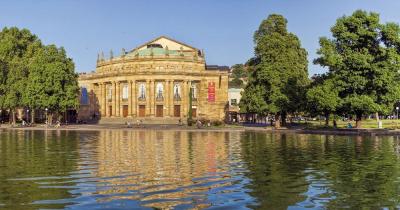 Stuttgart
Europe
© Blickfang / Fotolia
Stuttgart
Europe
© Blickfang / Fotolia
State capital of Baden-Wuerttemberg
Lovable metropolis of Baden-Württemberg - Stuttgart The state capital of Baden-Württemberg, Stuttgart (625,000 inhabitants),...
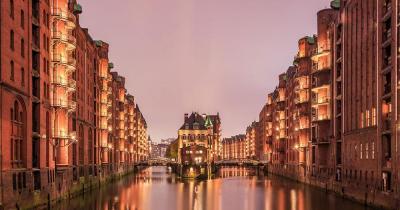 Hamburg
Europe
© Mathias / Fotolia
Hamburg
Europe
© Mathias / Fotolia
The city on the Elbe
The charm of Hamburg enchants with countless attractions - Hamburg is more popular than...
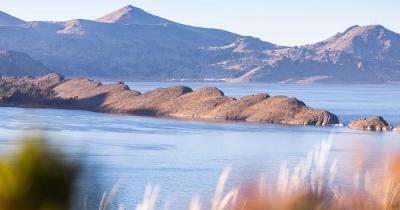 La Paz
South America
© David Katz / Fotolia
La Paz
South America
© David Katz / Fotolia
City of contrasts and records
City of contrasts and records La Paz, the capital of Bolivia high up in...
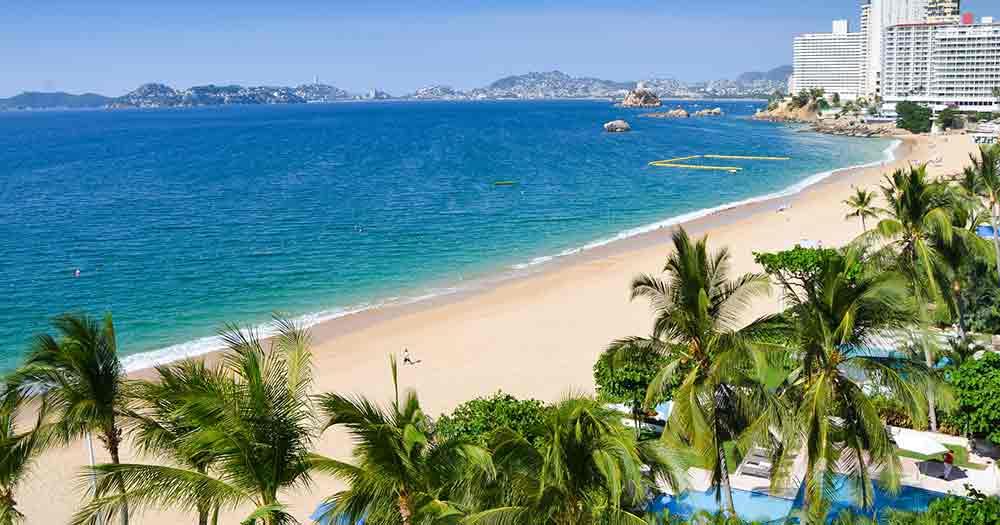 Acapulco
AcapulcoFascinating city with a glamorous past North America © rafalkubiak / Fotolia
Frank Sinatra, Liz Taylor, Brigitte Bardot - the Who's Who of the American jet...
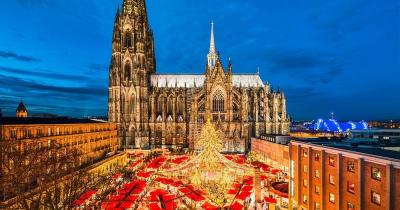 Cologne
Europe
© Mapics / Fotolia
Cologne
Europe
© Mapics / Fotolia
Fantastic metropolis on the Rhine
With more than one million inhabitants, the city of Cologne is one of the...
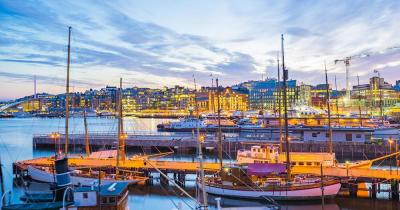 Oslo
Europe
© orpheus26 / Fotolia
Oslo
Europe
© orpheus26 / Fotolia
An aspiring and dynamic metropolis
Dynamic capitals on the way to modernity Oslo is the largest city in Norway...
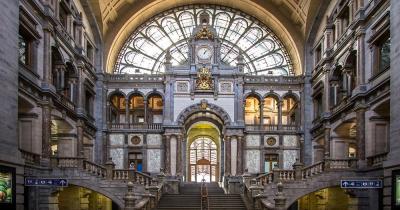 Antwerp
Europe
© robertdering / Fotolia
Antwerp
Europe
© robertdering / Fotolia
The third largest port city
The port and diamond city Antwerp invites you to stay in Flanders in the...
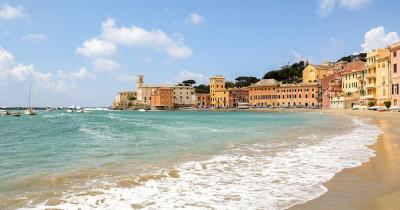 Saint Tropez
Europe
© ah_fotobox / Fotolia
Saint Tropez
Europe
© ah_fotobox / Fotolia
One of the most famous places at the Côte d'Azur
Saint Tropez is, with barely four and a half thousand inhabitants, by far not...
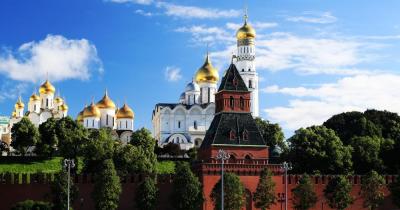 Moscow
Asia
© Zarya Maxim / Fotolia
Moscow
Asia
© Zarya Maxim / Fotolia
The largest city in Europe
Moscow, the largest city in Europe, offers many historical sights, interesting restaurants and a...
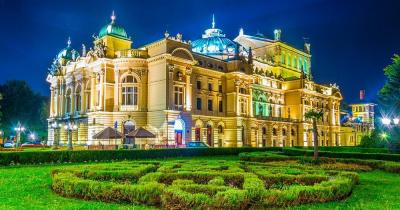 Crakow
Europe
© dudlajzov / Fotolia
Crakow
Europe
© dudlajzov / Fotolia
Metropolis with much charm, culture and history
The Vistula city of Crakow (Kraków) has an above-average young population of approximately three-quarters...
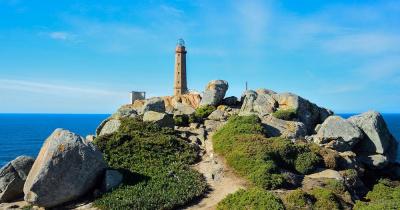 Faro
Europe
© david / Fotolia
Faro
Europe
© david / Fotolia
A picturesque town with a beautiful old town
Faro is located in the south of Portugal, in the Algarve. A picturesque town...
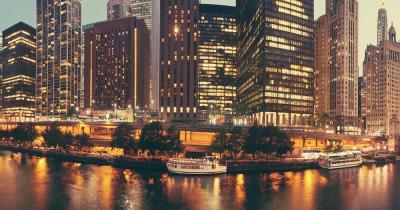 Chicago
North America
© Oleg Podzorov / Fotolia
Chicago
North America
© Oleg Podzorov / Fotolia
The great city on Lake Michigan
With 2.8 million inhabitants, Chicago is the third largest metropolis in the USA, located...
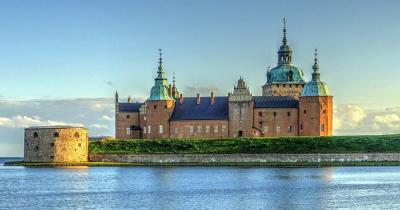 Stockholm
Europe
© mehdi / Fotolia
Stockholm
Europe
© mehdi / Fotolia
Stockholm is perhaps the most beautiful city in Scandinavia
The destination Stockholm offers Scandinavian enjoyment and variety all year round Stockholm is perhaps...
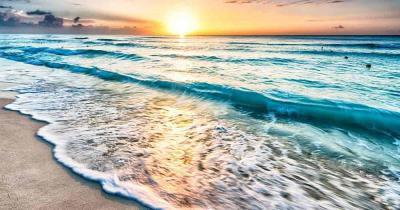 Cancun
North America
© Mike Liu / Fotolia
Cancun
North America
© Mike Liu / Fotolia
Caribbean picture book landscape, sun and culture of the Mayas
One of the most popular travel destinations in Mexico is Cancun with its picturesque...
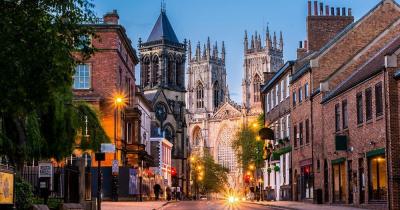 York
Europe
© davidionut / Fotolia
York
Europe
© davidionut / Fotolia
England's Eternal City
Anyone travelling to York should think about comfortable shoes. Because the northern English city...
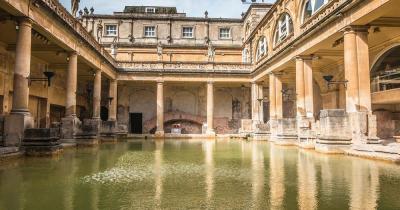 Bath
Europe
© pcalapre / Fotolia
Bath
Europe
© pcalapre / Fotolia
The ancient bathing facilities are among the cultural treasures of Europe
Discover Britain's natural treasure and world heritage with its magnificent buildings and spacious squares,...
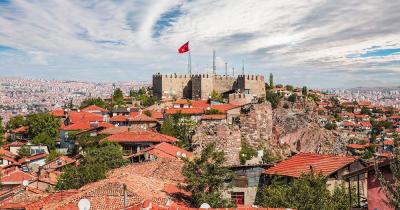 Ankara
Asia
© muratart / Fotolia
Ankara
Asia
© muratart / Fotolia
Attractive capital of the Turkish Republic
Though many non - Turks don't know it: It is not Istanbul, but Ankara...
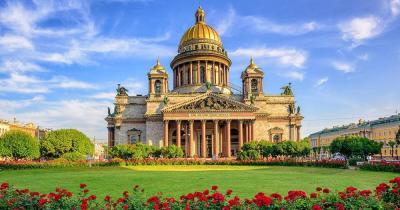 Saint Petersburg
Asia
© Boris Stroujko / Fotolia
Saint Petersburg
Asia
© Boris Stroujko / Fotolia
The northernmost metropolis of the world
Saint Petersburg is a destination of superlatives! The fourth largest city in Europe is...
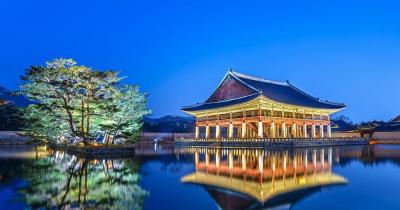 Seoul
Asia
© Noppasinw / Fotolia
Seoul
Asia
© Noppasinw / Fotolia
South Korea's capital never seems to sleep
If you like it colourful and lively, you have made the right choice when...
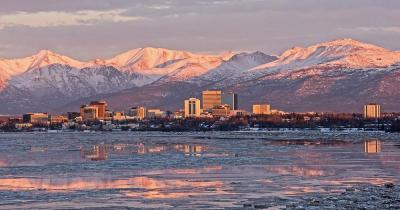 Alaska
North America
© Rocky Grimes / Fotolia
Alaska
North America
© Rocky Grimes / Fotolia
One of the last adventures on earth
Alaska is the destination of choice for adventurous travelers who want to experience the...
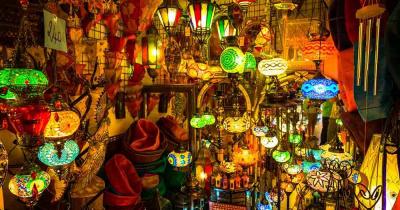 Marrakesh
Africa
© Lukasz Janyst / Fotolia
Marrakesh
Africa
© Lukasz Janyst / Fotolia
Discover the magic metropolis
In southern Morocco at the foot of the Atlas Mountains is surrounded by a...
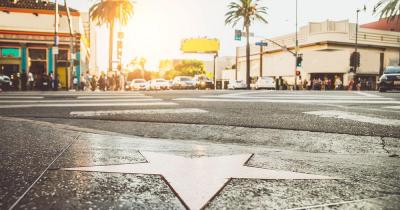 California
North America
© oneinchpunch / Fotolia
California
North America
© oneinchpunch / Fotolia
Travel to the Golden State
This state of the USA is not only the third largest, but a world...

